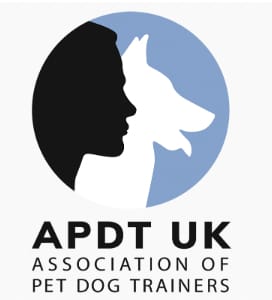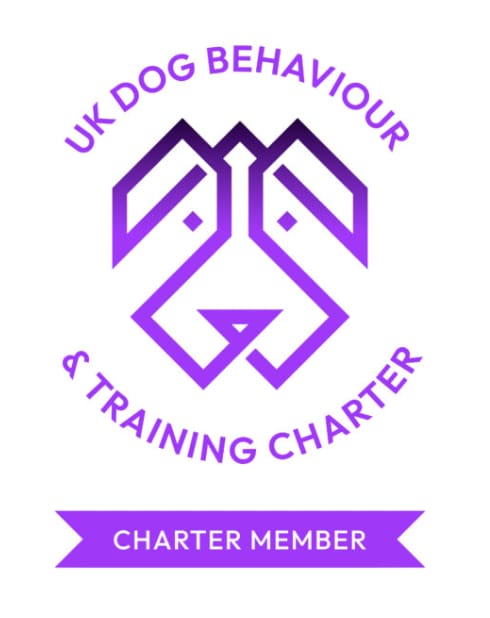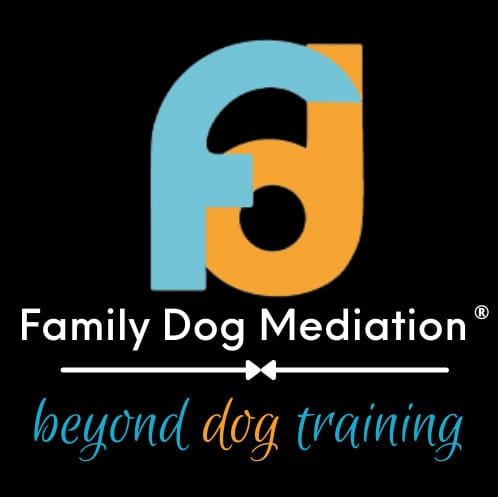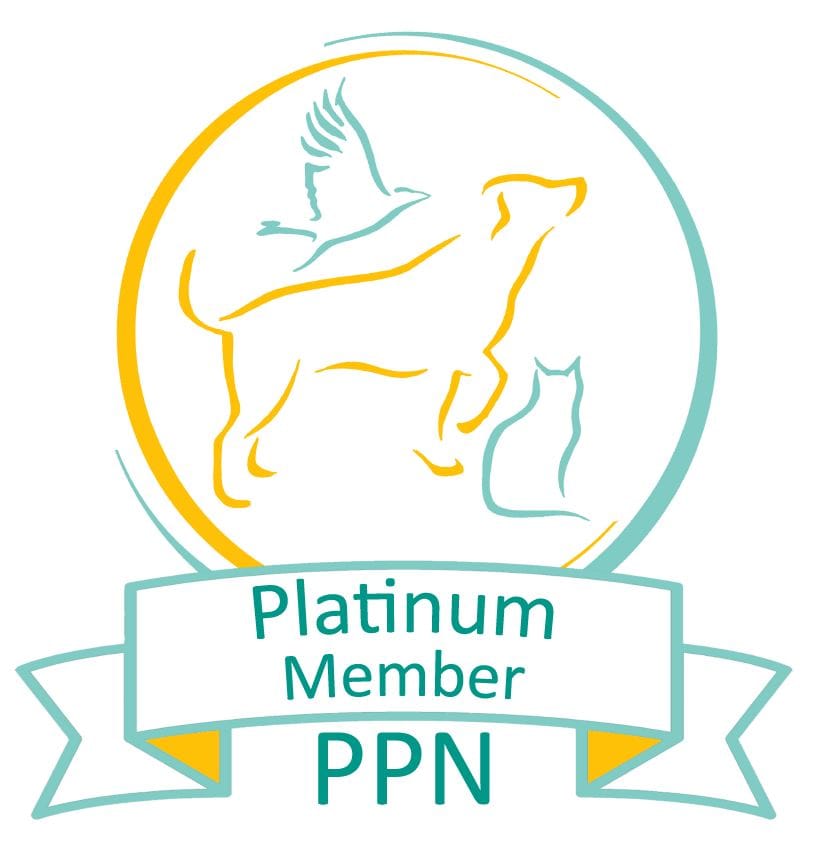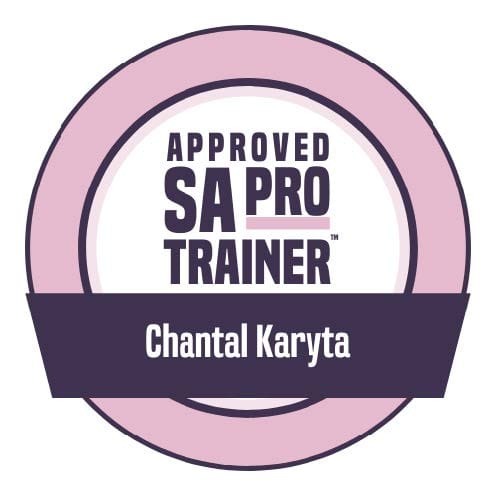Which dog training collar is best?
16/03/2020 - Blog
There are a whole host of dog training tools available to buy, but which dog training collar is best for your dog. We take a look at how your dog’s apparel affects his or her welfare and training.
When it comes to collars, leads and harnesses, the team at CK9 are in full agreement. Flat collars or well-fitting harnesses are the only suitable canine “clothes” to wear for dog training classes. Or indeed for walks, travelling and canine sports. Here’s why.
- UK law says that all dogs should wear an ID tag with contact details when out and about. You can’t fit an ID tag to a slip lead or check chain!
- A harness takes all of the pressure off the delicate organs in your dog’s neck and should be your first choice for training.
- A well fitted flat collar will not throttle your dog if he or she pulls on the lead
- Check chains and slip leads and worse – shock collars - have the potential to frighten or badly hurt your dog. They are NOT suitable for dog training or dog walking
- The CK9 dog trainers prefer well fitted harnesses with a “Y” shaped chest strap
Doggy harnesses protect your pet’s health
We all know the dangers to human health of trying to work or exercise in the wrong clothes. Wearing wellies for your morning run will impair your performance. And what about all of those Victorian ladies fainting because their corsets were too tight? The wrong “clothes” for a dog can cause health problems too.
Neck injuries
Veterinary research led by Anders Hallgren, concluded that “91% of dogs who had neck injuries had also been exposed to jerking on the leash by the owner or being allowed to pull hard on the leash for long periods of time. Injuries include bruising, whiplash, crushed windpipe, damage to larynx fractured vertebrae”
That’s quite a scary statistic. Of course, the whole point of dog training is to teach your pet to walk on the leash without pulling. But, as every dog owner knows, pets can sometimes surprise us with an impromptu lurch on the lead. Plus there’s that “in training” period to get through.
A harness avoids pressure on your dog’s neck and all of the important body parts in it. Take a look at the anatomical structure of the neck and you’ll see what I mean.
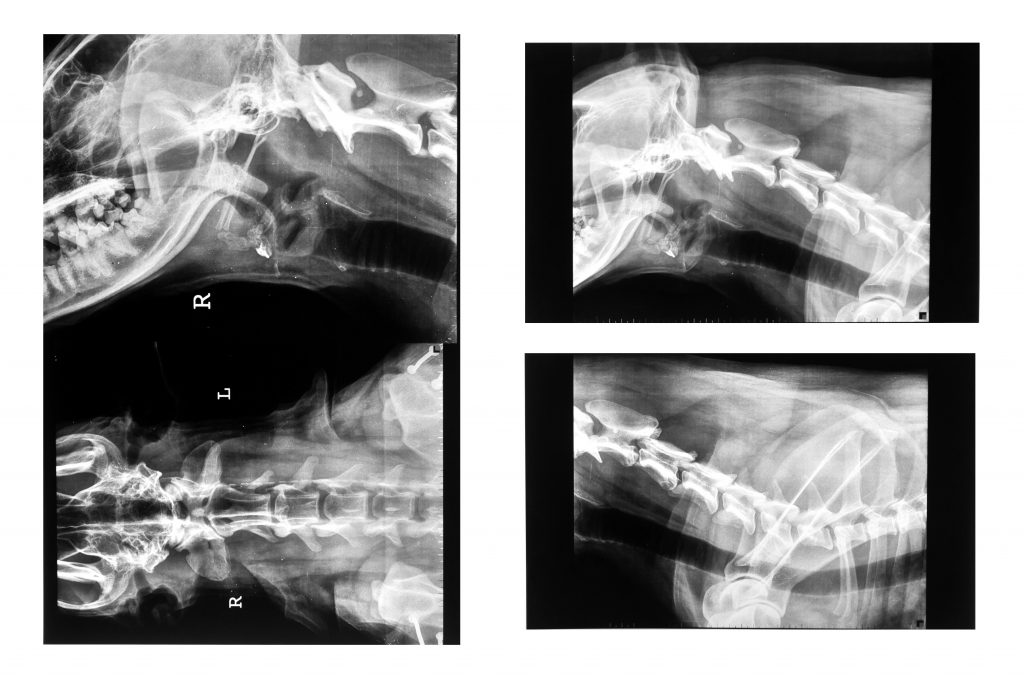
Eye problems
Eye problems? I hear you ask? How is a dog’s neck attached to its eye’s? Well, it’s all about pressure. Compression in the neck affects the pressure behind your dog’s eyes. If there’s an underlying problem it will be made an awful lot worse by inappropriate neck wear.
This is a quote from a veterinary research document.
“Neck pressure caused by a
collar caused a significant increase in base-line eye pressure. This did not
occur with the use of a harness. This type of intraocular pressure can cause
serious injury to dogs already suffering from thin corneas, glaucoma or eye
injuries”
Pauli et al
Thyroid problems
The thyroid gland is a relatively small organ in the neck. Despite its tiny size, it’s responsible for most of a mammal’s bodily functions. Your dog’s thyroid works in conjunction with its brain, nervous system and metabolism to keep the whole body working well. If it goes wrong, then there is a real danger to health.
Guess what. A dog’s thyroid lives on the underside of the neck just about where a collar would nip if the dog pulled on its leash. Wearing a harness for lead work is the very best way to protect your dog’s thyroid against mechanical damage.
Read more about canine thyroid problems here (Stuart, please set to open in a new tab)
What sort of harness is best for my dog?
Forget about colour or brand – the dog training harness is one that fits really well.
Things to look out for include:
A “Y” shaped chest strap
Roughly speaking there are two types of harness. Some have a Y shaped chest strap, some have a horizontal band.
The horizontal band, can, and often does, change the way a dog walks. It can restrict forward movement of the front legs. I suppose it’s the equivalent of you or me putting a tight strap around our chest and biceps and trying to do pushups. I’ve not tried it but I can guess how difficult it would be.
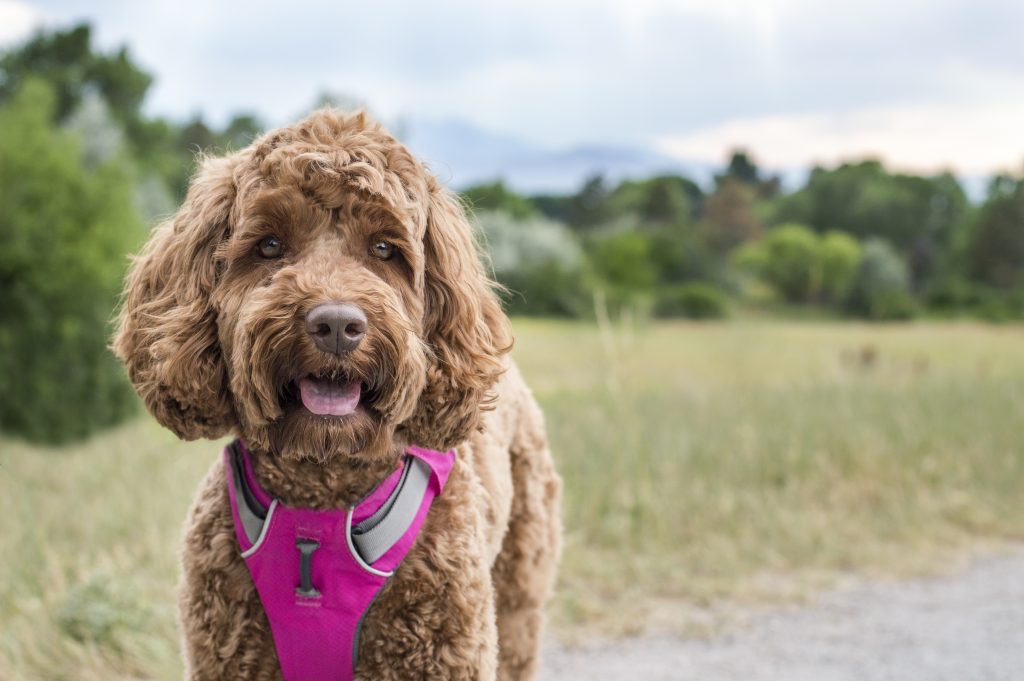
Two lead attachment points
I like a harness where I can choose whether to attach the lead to the top or the front of the harness. For a dog that’s prone to pulling on the lead, attaching the lead to his or her chest region, makes it harder for them to plough forwards (they tend to twist inwards). For a pooch who is really strong on the lead, using both attachments can help the owner keep control whilst working on loose-lead walking techniques. That attachment on the top – it’s easy to access if you need to clip-on in a hurry (or if you have a wriggly pet who’s excited about their walk).
Travel Friendly
No dog should ride in a car without being restrained. I like to have a crate in the back of my estate car. Some people favour a dog guard. If your dog rides on the back seat of the car, use a seat belt attachment to clip onto their harness. That way, if you do need to make a sudden stop, the dog is protected and there is less danger of trauma to the neck.
No chafing
Look for a fabric that will be kind to your dog’s skin…..even if the harness gets wet. Take your dog to the pet shop and fit the harness on to make sure it won’t chafe anywhere. Especially between the elbows and the brisket (the doggy equivalent to our armpits) and between the front legs.
Easy-on and easy-off
Wiggly dogs are not easy to dress. So make sure the harness you choose can be put on and taken off easily. Again, try it out in the pet shop before committing to buy. Or, better still, ask your dog trainer for advice.
What if my dog hates the harness?
Some dogs don’t enjoy having the harness put on to start with. Ask your dog trainer to suggest some exercises to help you introduce the harness to your dog. Never resort to rough handling. It will only make the problem worse. There are lots of force free ways to help your pup overcome his or her fears. However, they do need to be tailored to the dog.
Ways to contact CK9 Dog Training
Teaching your dog to walk nicely on the lead
Show off your dog’s new harness and get lots on tips on one of our training dog walks
